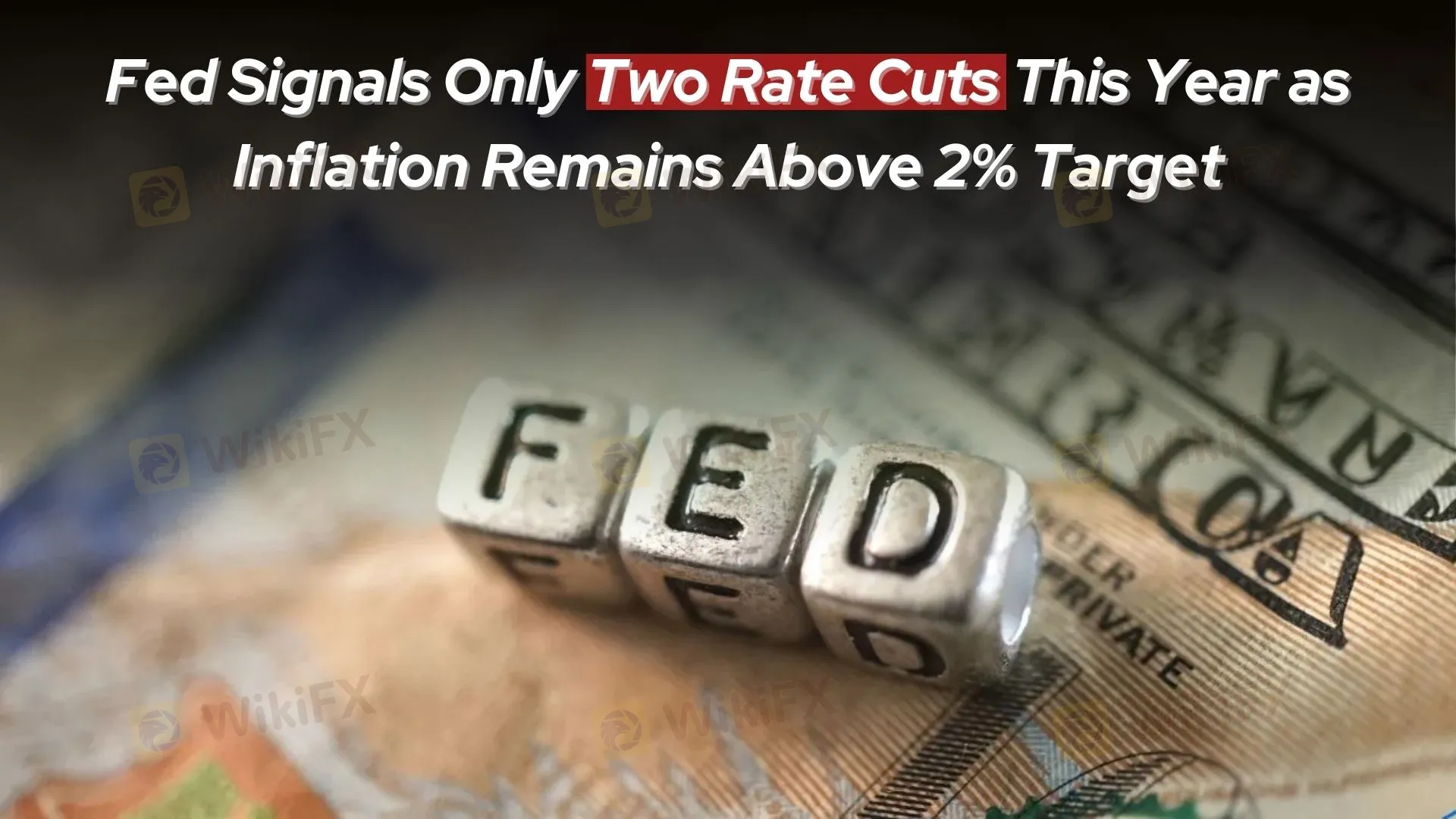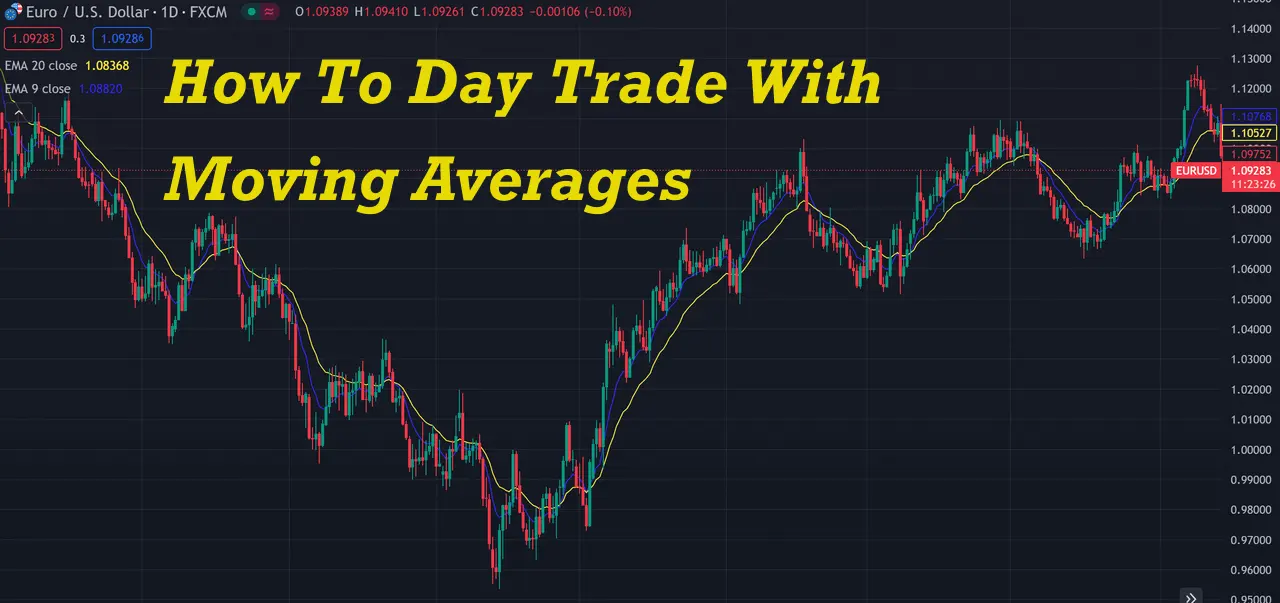简体中文
繁體中文
English
Pусский
日本語
ภาษาไทย
Tiếng Việt
Bahasa Indonesia
Español
हिन्दी
Filippiiniläinen
Français
Deutsch
Português
Türkçe
한국어
العربية
Fed Signals Only Two Rate Cuts This Year as Inflation Remains Above 2% Target
Abstract:The Federal Reserve prioritizes inflation control and economic stability, signaling limited rate cuts amid persistent price pressures.

Recently, statements from Federal Reserve officials have reignited discussions about the outlook for monetary policy. With U.S. inflation still exceeding the Feds 2% target, some officials have emphasized that, despite progress in easing price pressures, the conditions for rate cuts are not yet fully met. Against this backdrop, the Fed has hinted at only two 25-basis-point rate cuts this year, reflecting a cautious stance that has drawn widespread market attention.
Inflation Challenges and Policy Trade-offs
San Francisco Federal Reserve Bank President Mary Daly pointed out that while significant progress has been made in reducing inflation over the past two years, the current inflation level remains “uncomfortably high.” She stressed that the Feds primary goal is to bring inflation back to its 2% target, while executing policies thoughtfully to avoid excessive harm to the labor market.
Similarly, Richmond Fed President Thomas Barkin stated that the Federal Reserve needs clear economic signals before proceeding with rate cuts, such as inflation reaching the target or a significant weakening in demand. He noted that the labor market remains relatively healthy, and further slowing could destabilize the broader economy.
Rate Cut Outlook: Cautious but Flexible
Despite growing market expectations for rate cuts, Federal Reserve officials continue to express caution regarding the policy trajectory. Mary Daly emphasized that policy frameworks only provide a starting point for discussions, and actual policy adjustments must be informed by data and real-world economic conditions. She warned that premature rate cuts could reduce the Feds flexibility in dealing with future uncertainties.
Barkin echoed similar sentiments, reiterating the importance of achieving inflation targets. He highlighted how the rising U.S. Debt burden poses pressure on long-term interest rates, further underscoring the need for balance between fostering economic growth and controlling inflation.
Market Impact and Outlook
The Federal Reserve‘s indication of only two rate cuts this year has solidified expectations about the future path of monetary policy. While many anticipate policy easing later in the year, officials’ cautious tone suggests that the Fed will prioritize observing economic data before making further moves to avoid unnecessary economic disruptions.
With inflationary pressures still present and the labor market holding steady, the Fed‘s approach to rate cuts is likely to remain data-dependent. Over the coming months, critical economic indicators such as non-farm payroll data and the Consumer Price Index (CPI) will play a key role in shaping the Fed’s policy decisions. Market participants will need to closely monitor these data points to anticipate the Feds next steps.
Disclaimer:
The views in this article only represent the author's personal views, and do not constitute investment advice on this platform. This platform does not guarantee the accuracy, completeness and timeliness of the information in the article, and will not be liable for any loss caused by the use of or reliance on the information in the article.
Read more

How Does RSI Divergence Work in Trading: Top Cases
The Relative Strength Index, short for RSI, is primarily used to evaluate the strength of bullish and bearish forces and measure the momentum of price changes in terms of speed and magnitude.

How To Day Trade With Moving Averages
Every successful day trader adheres to a set of strictly followed trading systems and commonly used technical indicators, and moving averages remain a popular choice due to its user-friendly nature and high practicality. By using moving averages, traders can smooth out time fluctuations and more easily identify the future price trend, thus, featuring a higher rate of successful day trading.

Webull Review 2025: Pros and Cons Revealed
Webull was founded in 2017, quite newer to the brokerage industry than traditional players like Charles Schwab, Fidelity, Interactive Brokers and Robinhood. However, it stands tall when it comes to products offerings: Stocks, Options, cryptos, Index Options, Futures, ETFs, OTC, Margin, Fractional Shares. Webull applies no commission on stock, options and ETFs trading listed on U.S. Exchanges.

TradingView vs. MetaQuotes | Battle of the Trading Titans
Among the plethora of trading platforms available, two giants stand out: TradingView and MetaQuotes. How does a trader choose between these two titans?
WikiFX Broker
Latest News
Ghana Trader Jailed for $300K Forex and Crypto Scam
US Dollar Surge Dominates Forex Market
Hong Kong Police Bust Deepfake Crypto Scam Syndicate Involving $34 Million
Is it a good time to buy Korean Won with the current depreciation?
Pepperstone Sponsored the "Aston Martin Aramco Formula One Team"
ACY Securities Integrates MetaTrader 5 to Enhnace Copy Trading Service
Soegee Futures Review: Should You Trust This Broker?
Malaysian Pilot Loses RM1.36 Million in UVKXE Investment App Scam
Indonesia officially joins the BRICS countries
Attention! Goldman Sachs Cuts Gold Target to $2910
Currency Calculator






